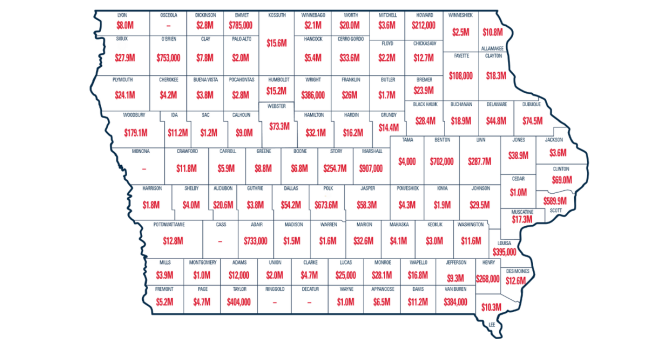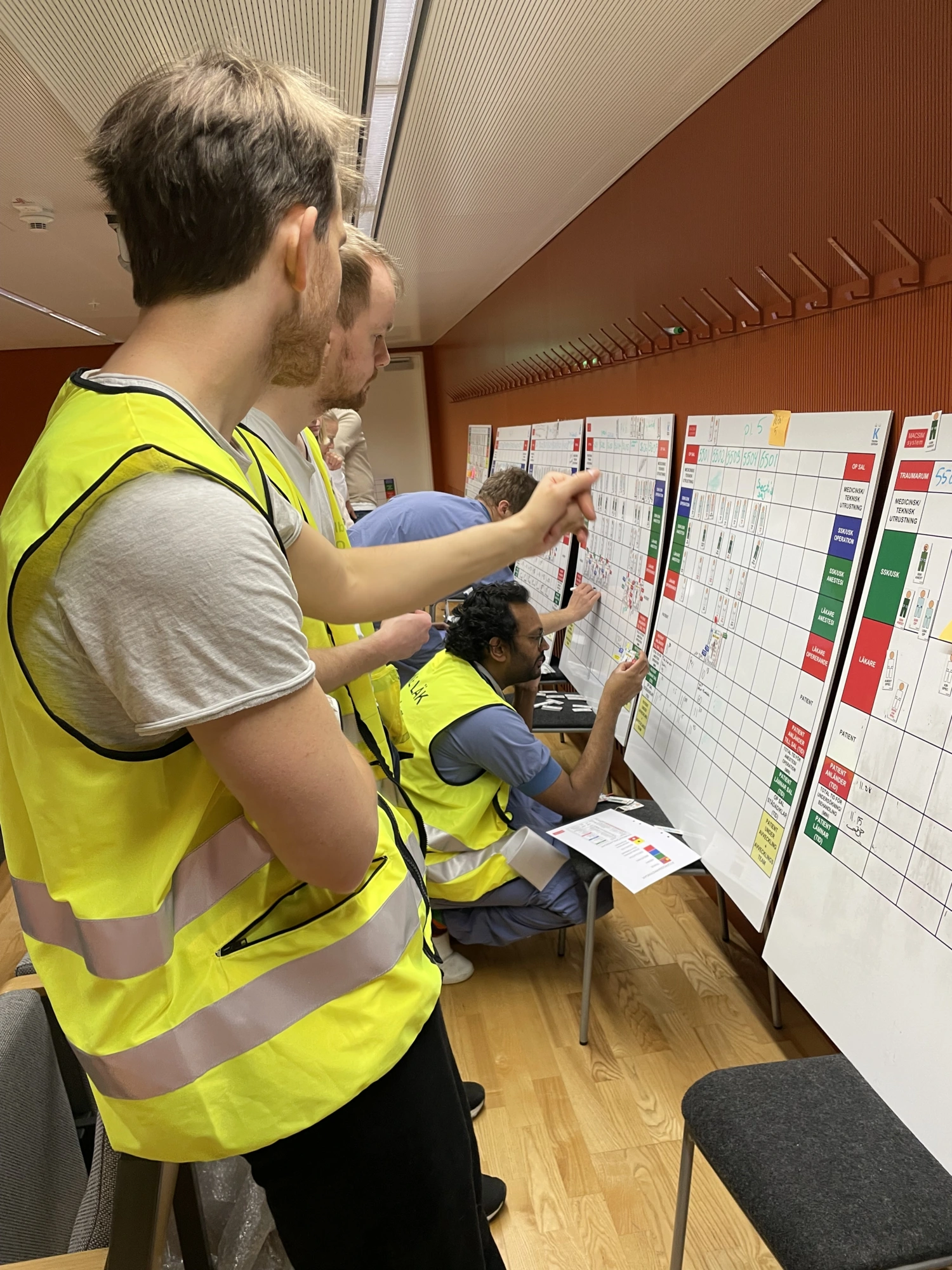Almost $20 million has been allocated through the Wheatbelt Secondary Freight Network (WSFN) program to upgrade 95 kilometres of regional roads in Western Australia throughout 2020-21.
The $187.5 million jointly funded program was established earlier this year to increase freight efficiency and productivity, reduce vehicle-operating cost and improve road safety along strategic freight routes within the Wheatbelt region of Western Australia.
The program aims to upgrade 53 strategic routes throughout the Wheatbelt to help lower freight input costs to agricultural production and increase Australia’s international competitiveness in agricultural markets.
Deputy Prime Minister and Minister for Infrastructure, Transport and Regional Development Michael McCormack said the Wheatbelt Secondary Freight Network was part of the Australian Government’s $4.5 billion Roads of Strategic Importance initiative.
“These upgrades will better connect businesses to domestic and international markets via Western Australia’s key ports, improving freight productivity and offering greater opportunities for business growth in the Wheatbelt region,” the Deputy Prime Minister said.
“While the focus is to assist the agricultural sector by providing better connections between agricultural regions and ports, the program will also improve access for tourism, mining and other sectors, delivering social, economic and employment benefits for all local communities.”
Western Australian Transport Minister Rita Saffioti said these projects will create local jobs while also improving safety and efficiency.
“More than 95 kilometres of Wheatbelt roads will be prioritised for upgrading this year through this second tranche of funding, improving the Wheatbelt’s crucial transport supply chains and assisting this key agricultural area to grow,” Ms Saffioti said.
“This investment complements our recently released Revitalising Agricultural Region Freight Strategy which highlighted priority transport projects across the Wheatbelt region, as well as the WA Government’s work in developing an Infrastructure Australia business case to support further future investment in WA Agricultural Supply Chain Improvements.
“That business case will consider upgrades to Tier 1, 2 and 3 freight rail infrastructure, as well as the primary and secondary road freight network.”
Federal Member for Pearce Christian Porter said the WSFN was a vital part of Western Australia’s economic success.
“The WSFN comprises approximately 4,400 kilometres of road, with around 2,850 kilometres along the 53 strategic freight routes identified and prioritised for upgrading,” Mr Porter said.
“The majority of these WSFN roads used by freight vehicles are unsuited to high volumes of heavy vehicle traffic. The Australian Government is recognising the importance of this road network by funding these upgrade works.”
Federal Member for Durack Melissa Price said the Australian Government had committed $900.6 million to projects in Western Australia under ROSI.
“By investing in Western Australian projects such as this, the Australian Government is connecting agricultural and mining regions to ports, airports and other transport hubs,” Ms Price said.
“Better connections and access will provide opportunities for greater regional employment and businesses growth in Western Australia.”
Federal Member for O’Connor Rick Wilson said making transportation hubs easier to reach would have a huge impact on the agricultural sector.
“These projects are expected to increase freight efficiency and productivity, reduce vehicle operating costs and improve road safety along key freight routes within the Wheatbelt region,” Mr Wilson said.
“This is the kind of investment that will really drive growth in our key industries and ensure our truckies can transport Western Australian agricultural products quickly and safely.”
Totalling $19.46 million and funded by the Australian ($15.56m), State ($2.59m) and local ($1.31m) governments, this second tranche of road upgrades delivered in 2020/2021 will include:
- Shire of Dandaragan – Jurien East Road – Reconstruct and widen 9.9 kilometres of existing road – $2.20m
- Shire of Dandaragan – Watheroo Road – Install 39.37 kilometres of white lining – $0.11m
- Shire of Moora – Watheroo West Road – Reconstruct and widen 4 kilometres of existing road – $1.0m
- Shire of Dalwallinu – Bell Road – Reconstruct and widen 6 kilometres of existing road – $1.38m
- Shire of Gingin – Orange Springs Road – Reconstruct and widen 7.66 kilometres of existing road $3.91m
- Shire of Victoria Plains – Mogumber-Yarawindah Road – Reconstruct and widen 5.19 kilometres of existing road – $0.89m
- Shire of Goomalling – Goomalling-Calingiri Road – Reconstruct and widen 3.45 kilometres of existing road – $1.37m
- Shire of Goomalling – Goomalling-Calingiri Road – Replace and widen existing culvert – $0.15m
- Shire of Cunderdin – Meckering-Goomalling Road – Reconstruct and widen 6.06 kilometres of existing road – $1.38m
- Shire of Quairading – Cunderdin-Quairading Road – Reconstruct and widen 4.92 kilometres of existing road – $0.31m
- Shire of Merredin – Merredin-Narembeen Road – Reconstruct and widen 6.88 kilometres of existing road – $1.58m
- Shire of Narembeen – Merredin-Narembeen Road – Reconstruct and widen 6.7 kilometres of existing road – $2.19m
The WSFN program of works is a result of a collaborative approach between Regional Development Australia Wheatbelt, the Wheatbelt Development Commission, Main Roads Western Australia and WA Local Government Association representatives.
It has the full support of all 42 Wheatbelt shires, making it the biggest local government collaboration in Australia.
The $187.5 million Wheatbelt Secondary Freight Network program is jointly funded by the Australian ($150 million), and Western Australian ($37.5 million) Governments.








